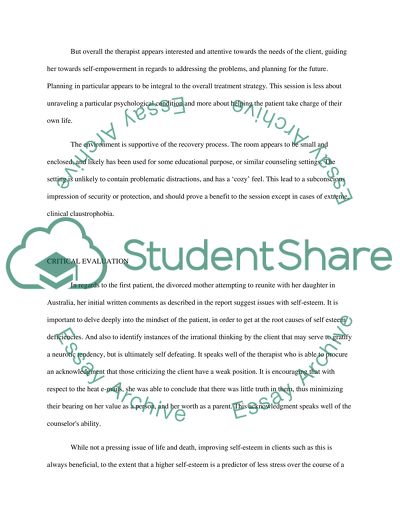Cite this document
(“INTERVIEW NOTES AND ANALYSIS Essay Example | Topics and Well Written Essays - 2750 words”, n.d.)
Retrieved from https://studentshare.org/psychology/1399194-interview-notes-and-analysis
Retrieved from https://studentshare.org/psychology/1399194-interview-notes-and-analysis
(INTERVIEW NOTES AND ANALYSIS Essay Example | Topics and Well Written Essays - 2750 Words)
https://studentshare.org/psychology/1399194-interview-notes-and-analysis.
https://studentshare.org/psychology/1399194-interview-notes-and-analysis.
“INTERVIEW NOTES AND ANALYSIS Essay Example | Topics and Well Written Essays - 2750 Words”, n.d. https://studentshare.org/psychology/1399194-interview-notes-and-analysis.


